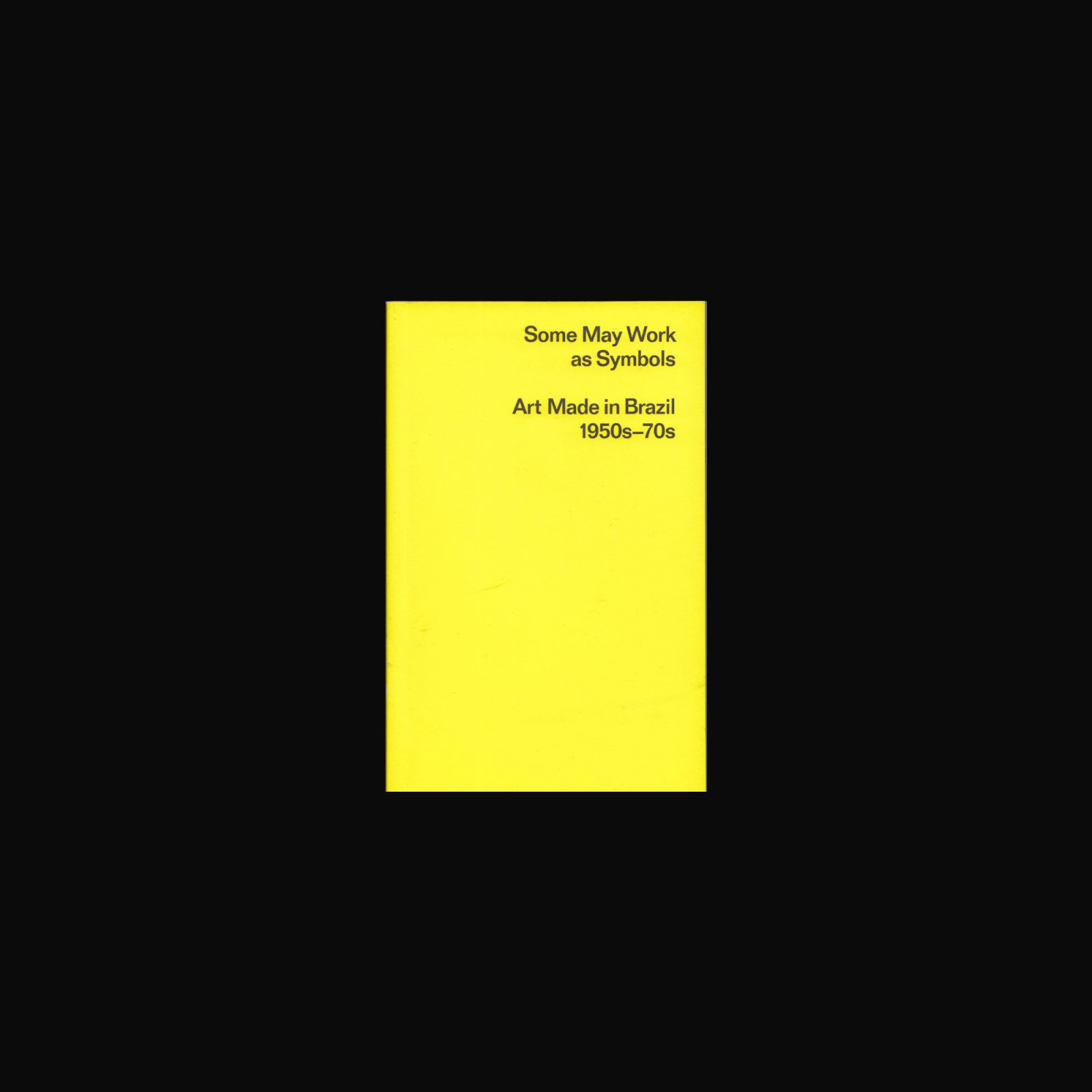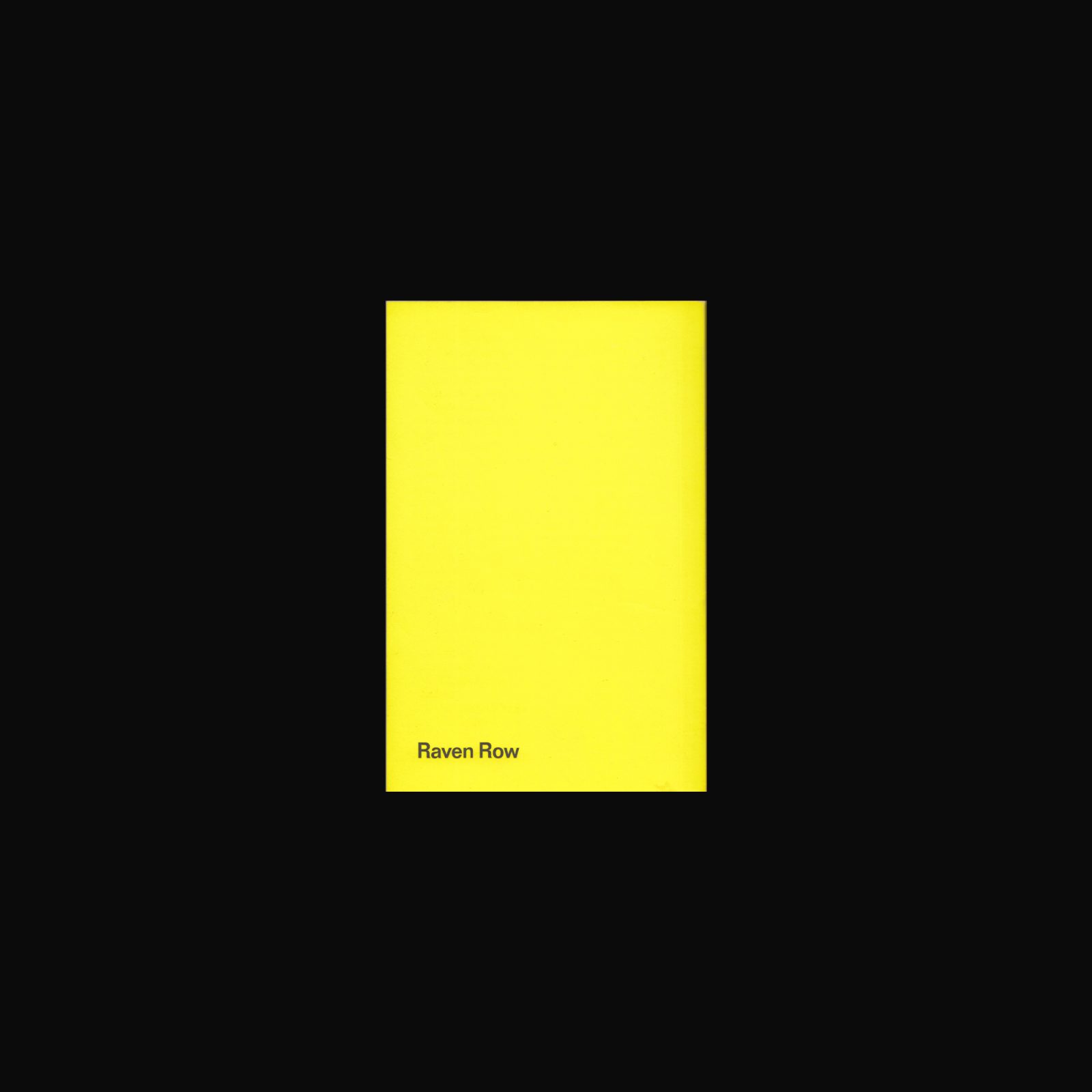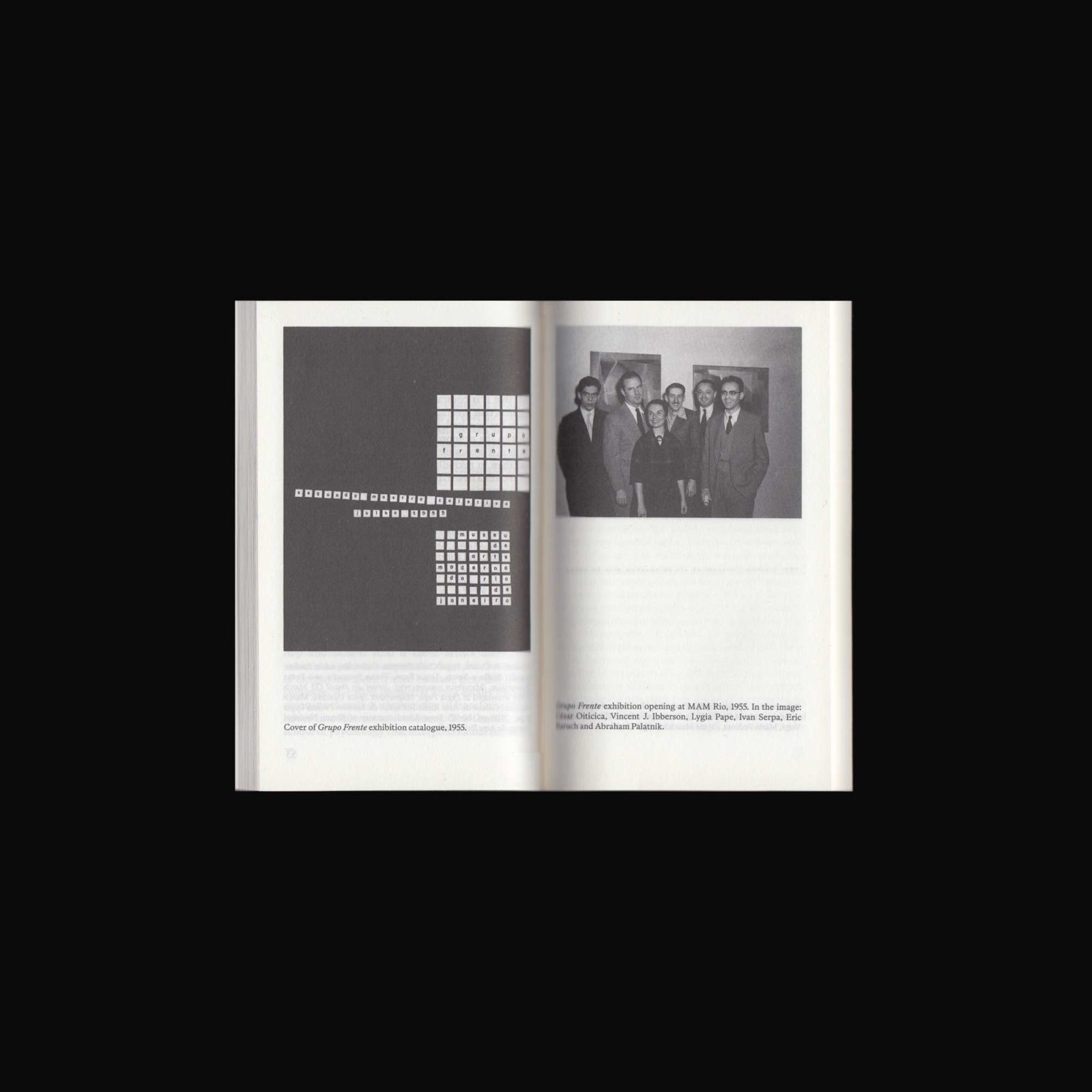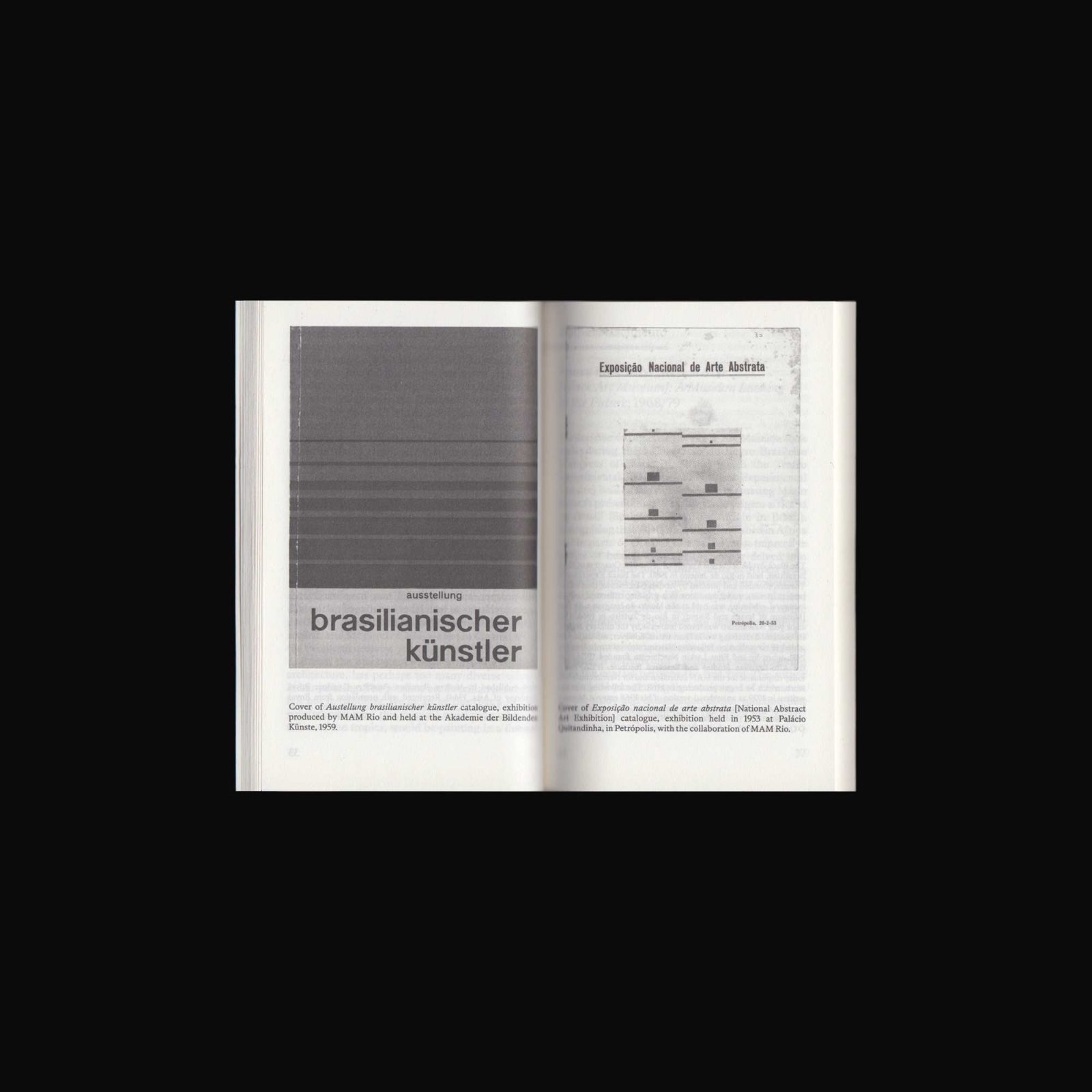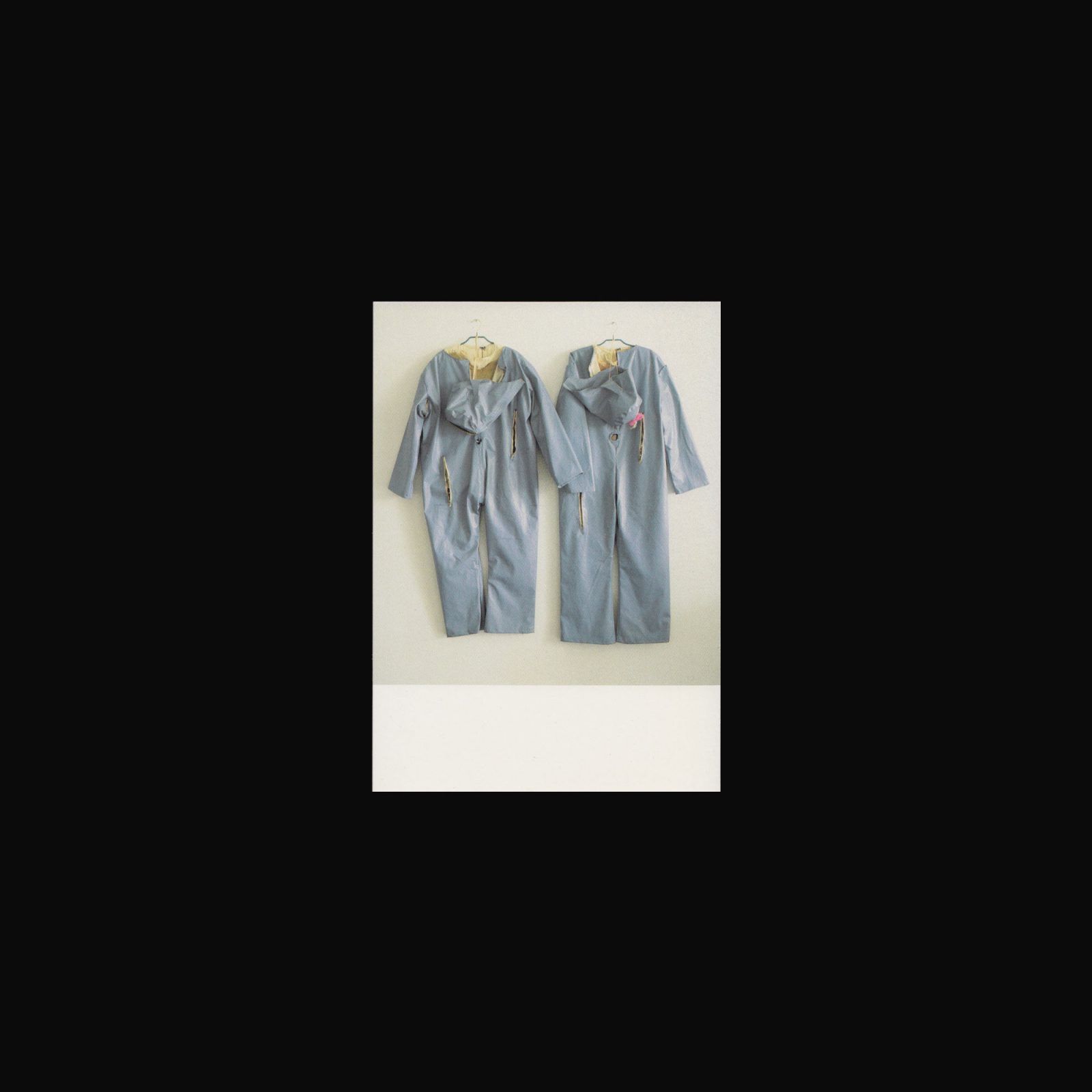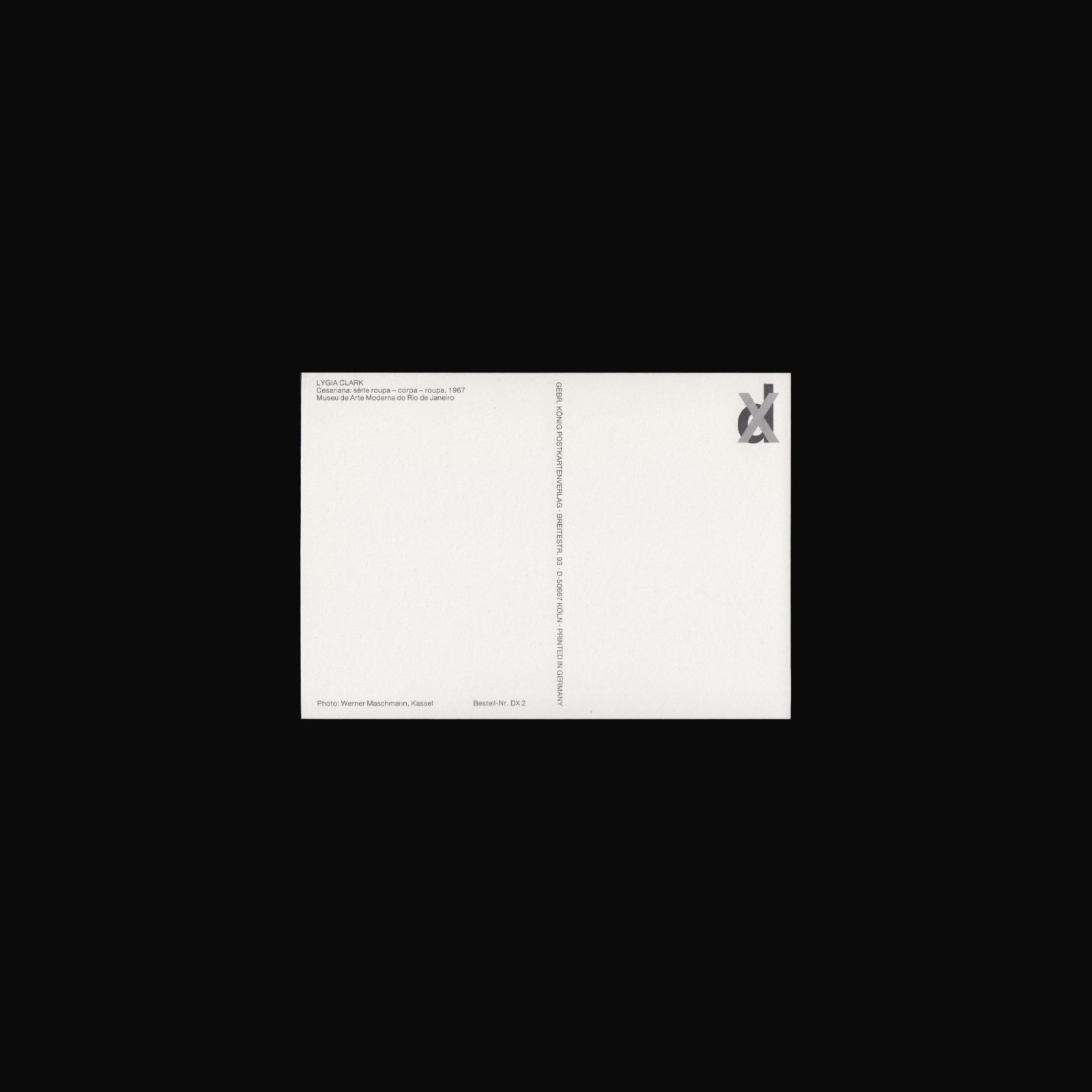Produced on the occasion of the exhibition Some May Work as Symbols: Art Made in Brazil, 1950s–70s at Raven Row, London, 7 March–5 May 2024.
During three decades in the mid-twentieth century, the cities of Rio de Janeiro, Salvador and São Paulo in Brazil saw the development of a series of exchanges and connections between a rich diversity of artistic practices. Artists from different generations and backgrounds brought traditional forms of figurative image-making, Afro-Brazilian heritage, and geometric abstraction into dialogue, in different combinations and intensities, creating a panorama that expanded the understanding of what art could do, beyond specific movements, national narratives and cultural identities.
Designed by John Morgan studio.
*Please note this publication is secondhand and has some traces of previous ownership.
